Types of Japanese Soup Stocks and How to Make them
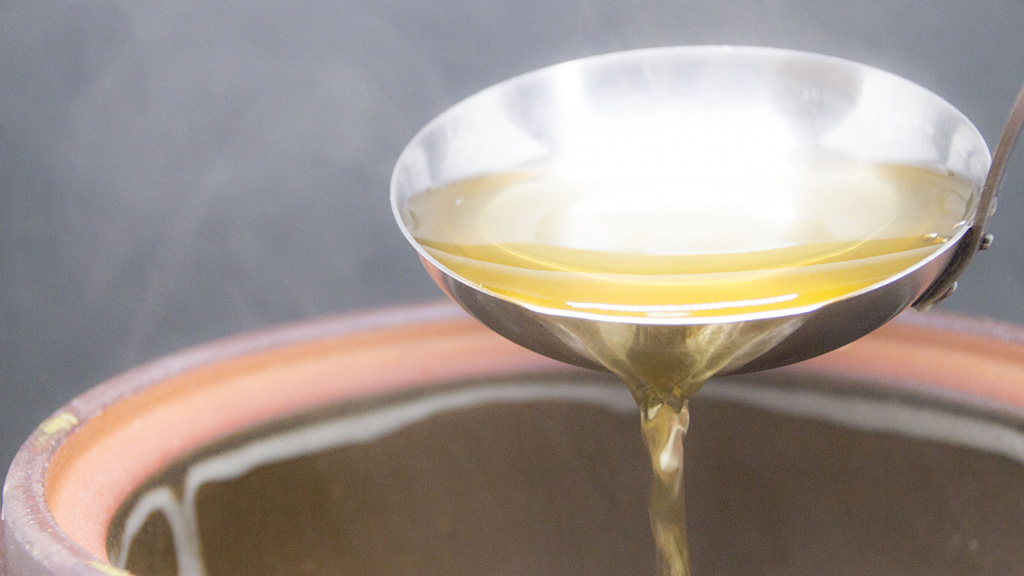
This post is also available in 日本語
“Dashi” (soup stock) is an essential part of Japanese food. Japanese “Dashi” contains “Umami” (flavorsome) elements at its base, and this is used in an original Japanese form of cooking. On this” occasion, I will introduce you to the ingredients of “Dashi” and how to use it in cooking.
Contents
“Dashi” around the world and in Japan
There are various types of “Dashi” around the world. For example, in Western food, there is soup stock and phon, and in Chinese food, there is “tan”.
“Dashi” in Western food and Chinese food has a high fat content and is used to envelop the ingredients in flavorsome “Dashi” and emphasize the taste of the ingredients. On the other hand, “Dashi” in Japan has a low-fat content, and the flavor of the “Dashi” permeates the ingredients and brings out the taste of the ingredients.
[By ingredient] Types of “Dashi”
In Japan, a wide variety of “Dashi” is used depending on the region and the dishes. The taste differs not only based on the ingredients, of course, but also on the water used and how the taste of the soup stock is taken. Typical ingredients include “Katsuobushi” (bonito flakes) and “Kombu” (kelp).
Katsuo dashi
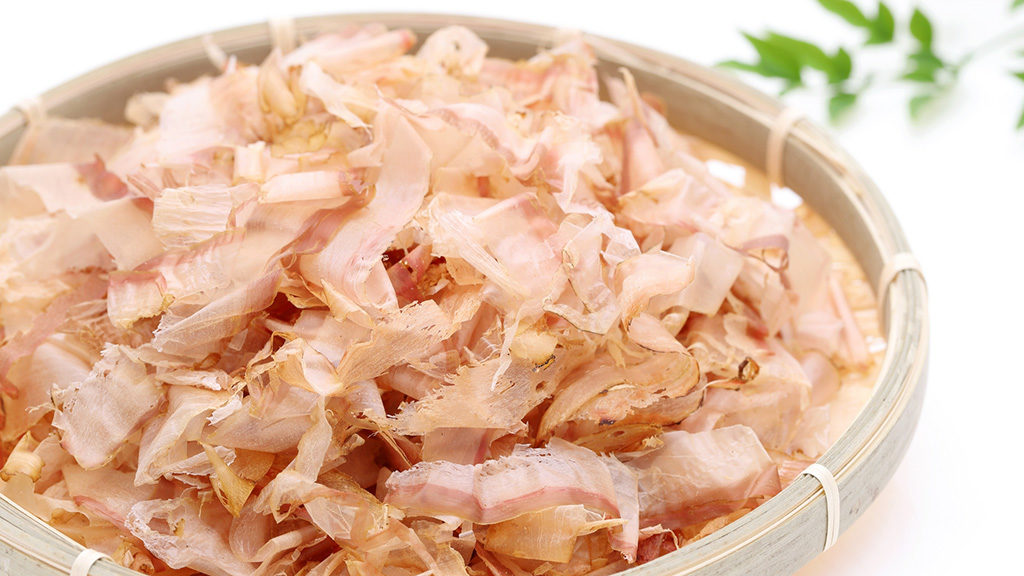
This is “Dashi” extracted from heated and dried bonito. It has a mellow fragrance and a refreshing taste. It is easy to use so is recommended for beginners. The taste and usage of the “Dashi” differ depending on the type of bonito and the way it is shaved.
The “Dashi” extracted first is called “Ichibandashi”, and is used for soup etc. The “Dashi” extracted using the bonito remaining after the “Ichibandashi” has been extracted is known as “Nibandashi” and is used for simmered food.
Kombu Dashi
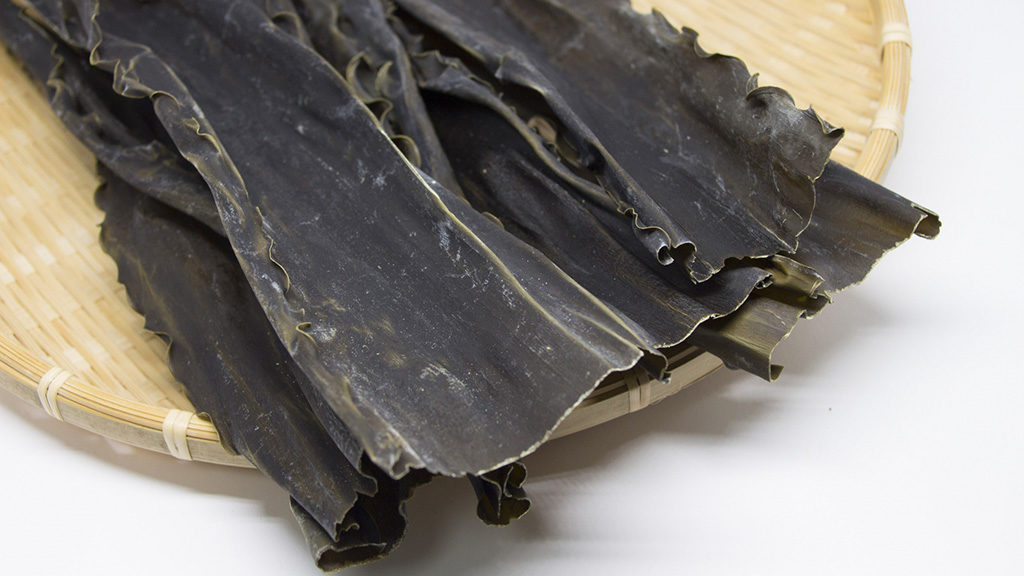
This is “Dashi” extracted from dried kelp. “Hidakakombu”, “Rishirikombu”, and “Rausukombu” etc. is used. This has a light taste, so is used to bring out the flavor and fragrance of the ingredients.
Niboshi Dashi / Irikodashi
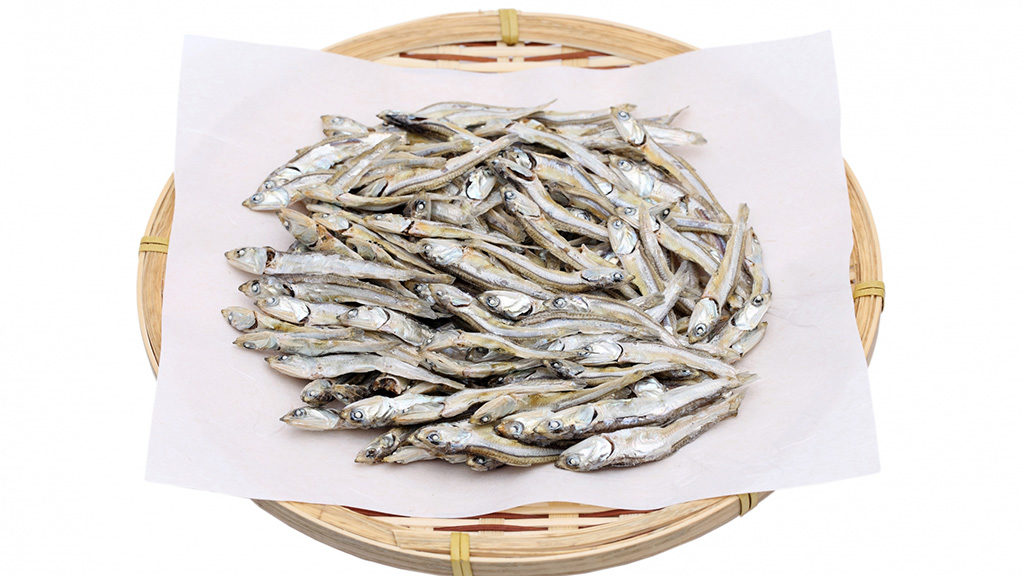
This is “Dashi” extracted from heated and dried small fish (Niboshi). In Kansai, Niboshi is known as “Iriko”. Generally speaking, Katakuchi iwashi are often used. They have a distinctive taste and fragrance, so are not everybody’s cup of tea.
Agodashi
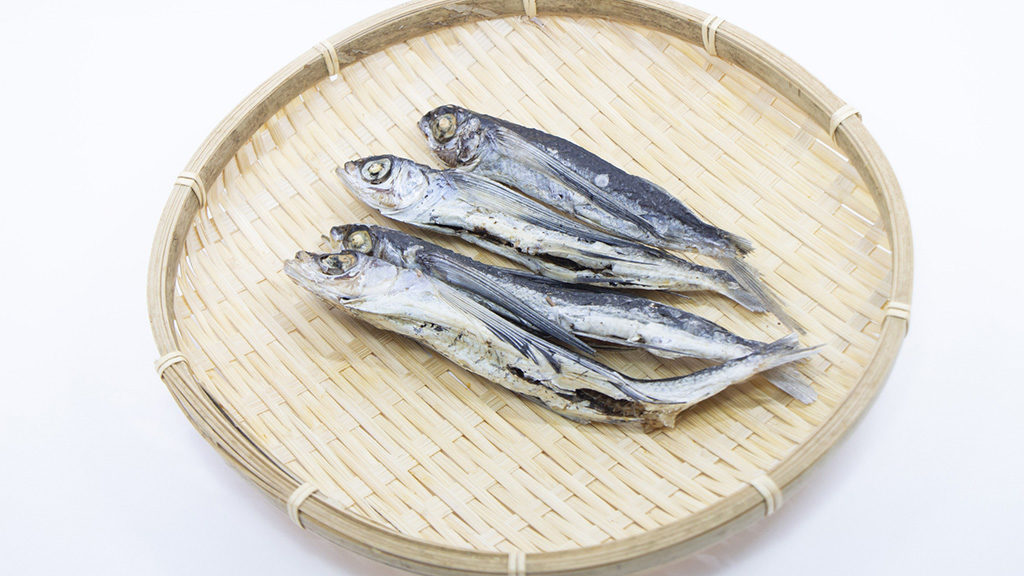
This is a type of Niboshidashi and is a “Dashi” extracted by heating and drying “Tobiuo” (flying fish). This is used mainly in Kyushu, but recently has been used more commonly throughout the country as a whole. “Tobiuo” have a lower fat content than other fish, so have a light, elegant flavor.
Others
There is also “Awasedashi”, which is a combination of “d dashi” and “Kombu dashi”, as well as “Shiitake dashi” extracted from dried shiitake mushrooms.
Basic method of creation
Extracting “dashi” from ingredients is called “Dashi-o-toru”. Once you become accustomed to it, you will be able to make it simply in the home, and search for your own favorite flavor.
Katsuodashi
- Place water in a pot and heat.
- Once it boils, stop the heat, and insert shaved bonito, and leave for approximately 2 minutes until the bonito sinks.
- Drain the bonito using a sieve (do not squeeze).
Kombudashi
- Lightly wipe the surface of the Kombu with a well-squeezed damp cloth.
- Pour water and place the Kombu into a pan, and after leaving for 30 mins to 1 hour, place over a medium flame.
- Once small bubbles appear from the bottom of the pan, take out the Kombu to finish. (Do not allow it to boil)
Awasedashi
- First, make the “Kombudashi”.
- Place the shaved bonito in the pan from which you removed the kombu and leave for approximately two minutes until the bonito sinks.
- Remove the bonito with a sieve to complete (do not squeeze).
Make simply using a commercially available product!
Home-made “Dashi” is delicious, but it is a lot of effort to make it every day. Make good use of commercially available products. The fragrance and taste of commercially available products differ greatly depending on the ingredients and manufacturer. Discover your favorite one.
Powder/granules
There are “Dashi” ingredients made into powder, as is, as well as those with the taste adjusted after making the ingredients into powder.
Liquid
This includes “concentrated” types used after diluting and “straight” types, used as is. There is also “Mentsuyu” containing soy sauce etc. and “Shirodashi” containing diluted soy sauce.
Dashi pack
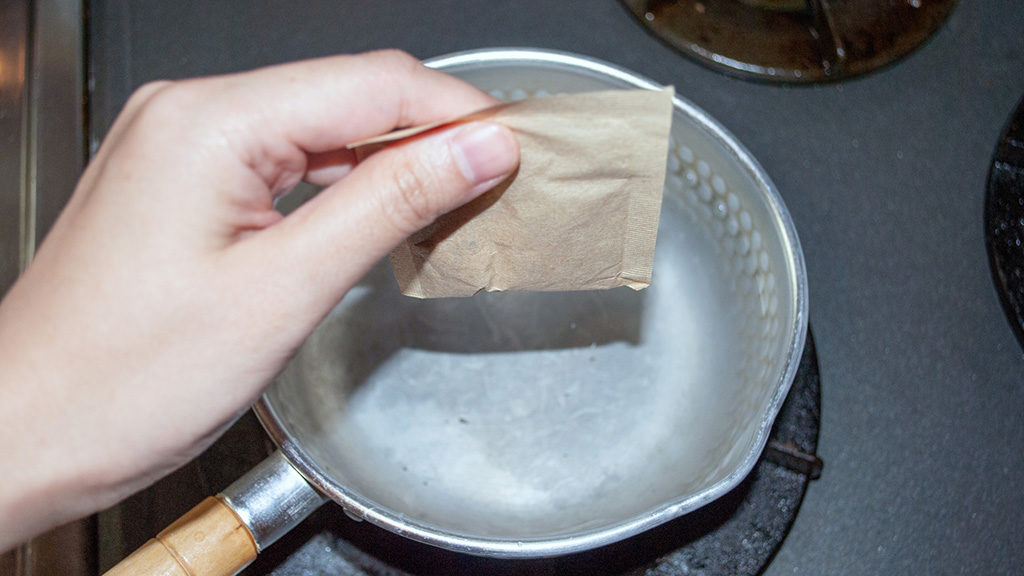
This is a non-woven bag, like a tea bag, containing the “Dashi” ingredients, from which the “Dashi” is extracted when placed in boiling water. There are types that contain not only the ingredients, but also seasoning. You can also tear the bag and use the contents instead of seasoning.
- If You Wonder What Should Give a Gift, This Is the Best Choice! Cool Packaged Handkerchiefs!
- Apply on UV Cream Without Getting Your Hands Dirty! Why not Have This Handy Puff?
- So Popular Character “Chiikawa” Cheers You Up! Improve Your Arched Back!
- If You Want to Improve Your Sleep Quality, You Should Change Your Pajamas! 3 Recommended Pajamas
- Conveniently 2-Way! This Product Is Useful in Both Summer and Winter.









